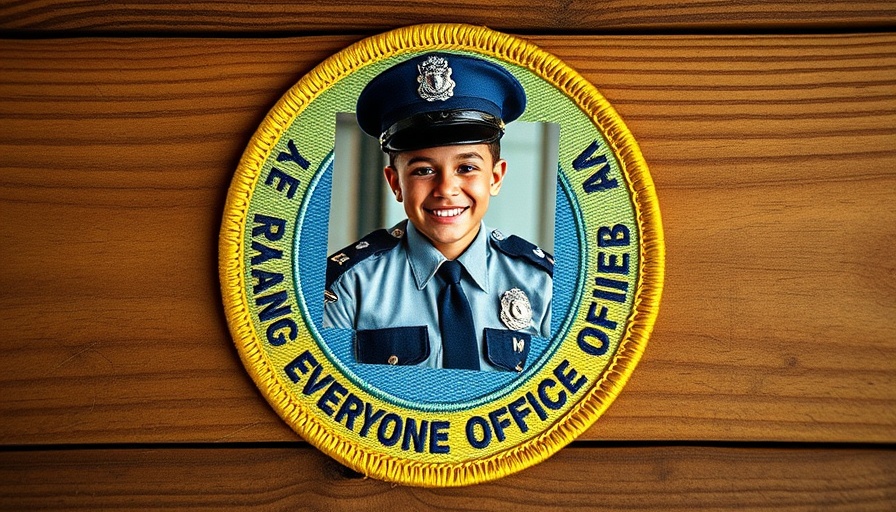
The Bold Online Challenge: Capturing a Fugitive
In a striking turn of events, a wanted man in Florida opted to engage in a rather audacious online taunt with law enforcement. Aaron Johnson, 29, was wanted for multiple felony charges, including domestic violence-related offenses, when he took to the Facebook page of the Polk County Sheriff’s Office. Instead of seeking anonymity, Johnson threw down a challenge to law enforcement, claiming he could outrun them and go undetected.
Police Teamwork and Technology: A Modern Game of Cat and Mouse
Those following the unfolding drama quickly became part of a social media spectacle. Johnson boldly commented on various posts, jeering at the deputies’ failure to apprehend him, using hashtags like “#levelup” and “#GradyCan’tFindMe.” The Polk County Sheriff’s Office played into the banter, quipping back with a confident promise: “No worries — we will find you. Bet.”
This social media standoff exemplifies modern law enforcement's capacity to engage with the community, utilizing humor and wit in their responses. It also reflects the interconnectedness fostered by social media platforms, which can be leveraged for both community engagement and intelligence gathering.
A Satisfying Resolution: Fulfilling the Challenge
The saga took a decisive turn on June 17, when police declared the “little game” had ended. Officers from Lakeland, utilizing their training and collaborative capabilities, tracked down Johnson two weeks after his challenge. His attempts to elude authorities ultimately fell flat when they apprehended him and transferred him to Polk County Jail, where he now faces serious charges including domestic battery and felony tampering.
This incident not only showcases the humorous side of law enforcement but also emphasizes the serious ramifications of online bravado. It serves as a reminder for those involved in criminal activities that law enforcement remains vigilant and, in this case, quick to respond.
Critical Lessons for Law Enforcement Engagement
For police departments, this incident highlights several important lessons regarding social media engagement. Firstly, maintaining an active and responsive online presence can reinforce community relations and foster a sense of accountability. Secondly, embracing humor in suitable contexts can humanize the police force, bridging gaps between officers and the community.
As agencies consider their roles within their communities, they might note the importance of utilizing technology not just for investigations, but also for effective communication and engagement strategies. It’s vital for law enforcement to evolve with the digital landscape while adhering to policies that promote transparency and trust.
Future Implications in Policing and Community Relations
With this type of engagement becoming more frequent, the implications for police-community relations are profound. Future interactions may shift toward more community-driven policing models where feedback is actively solicited and addressed through social media platforms. This shift could lead to improved recruitment strategies, enhanced police accountability, and possibly even innovations in police training programs focused on digital literacy.
Engaging with citizens online isn’t merely a byproduct of modern policing; it’s quickly becoming a critical component. In a climate of increased scrutiny regarding police conduct and practices, agencies must prioritize policies that promote transparency, officer wellness, and community relationships.
Ultimately, the challenge posed by Johnson is a reflection of contemporary communication methods in society. However, it also serves as a stark reminder of the responsibilities that come with that audacity. For law enforcement and the public, the opportunity to build rapport and understanding remains paramount for a safer community.
As the landscape of policing continues to evolve, so too does the need for agencies to adopt new approaches that align with societal changes. Staying ahead in technology, community engagement, and officer training is crucial to meet the ever-changing dynamics of public safety initiatives.
 Add Row
Add Row  Add
Add 

 Add Element
Add Element 


Write A Comment